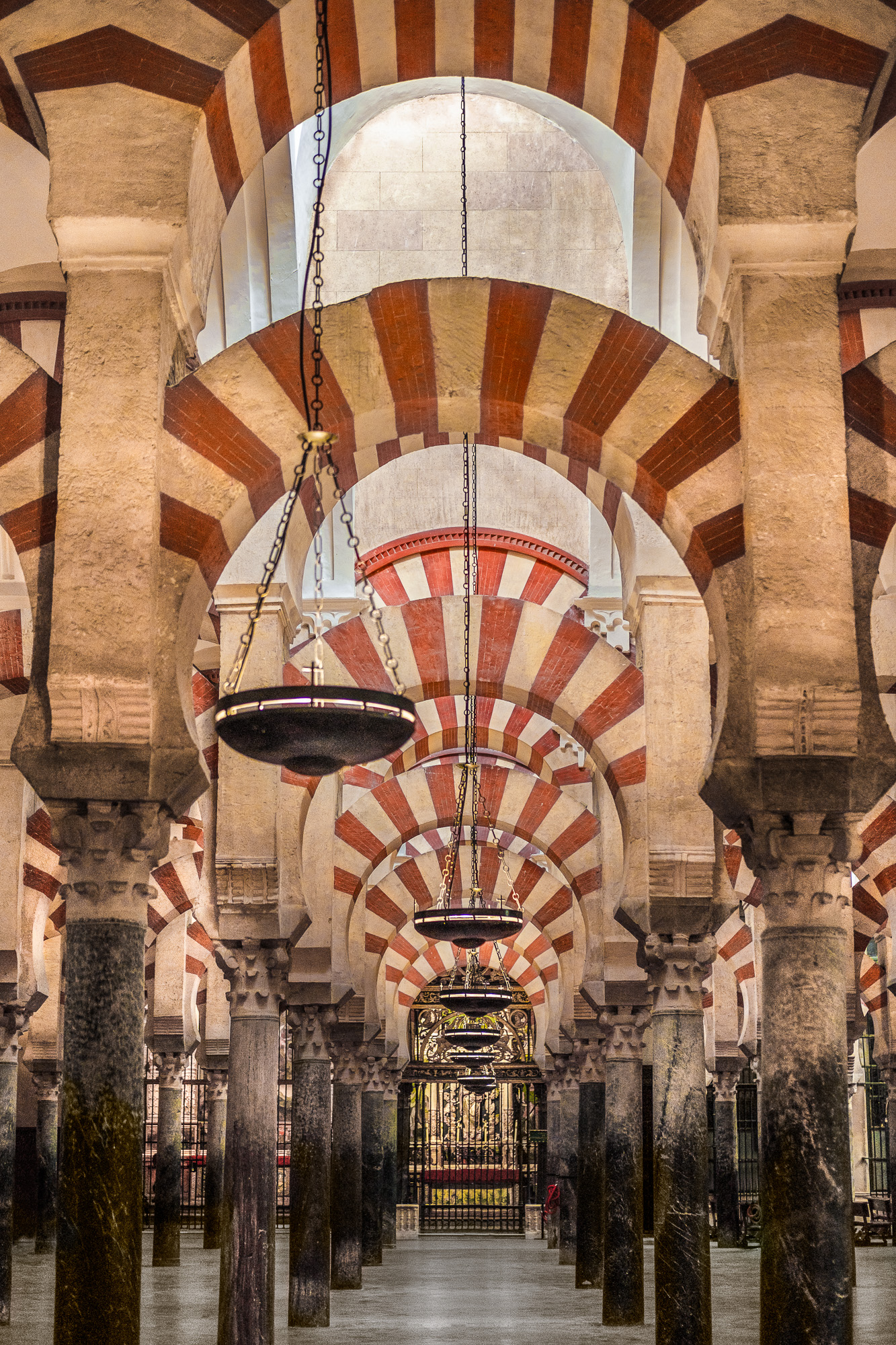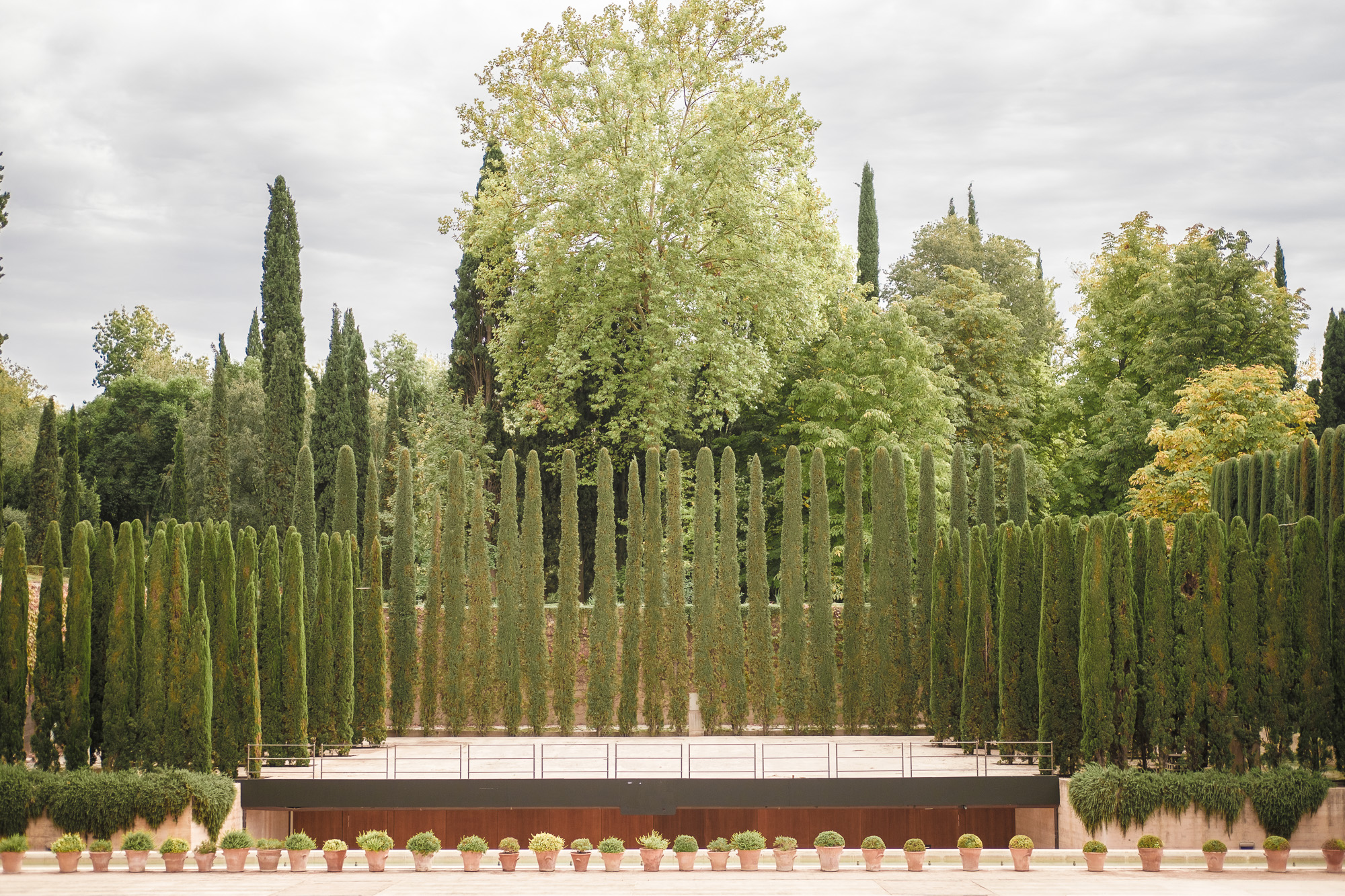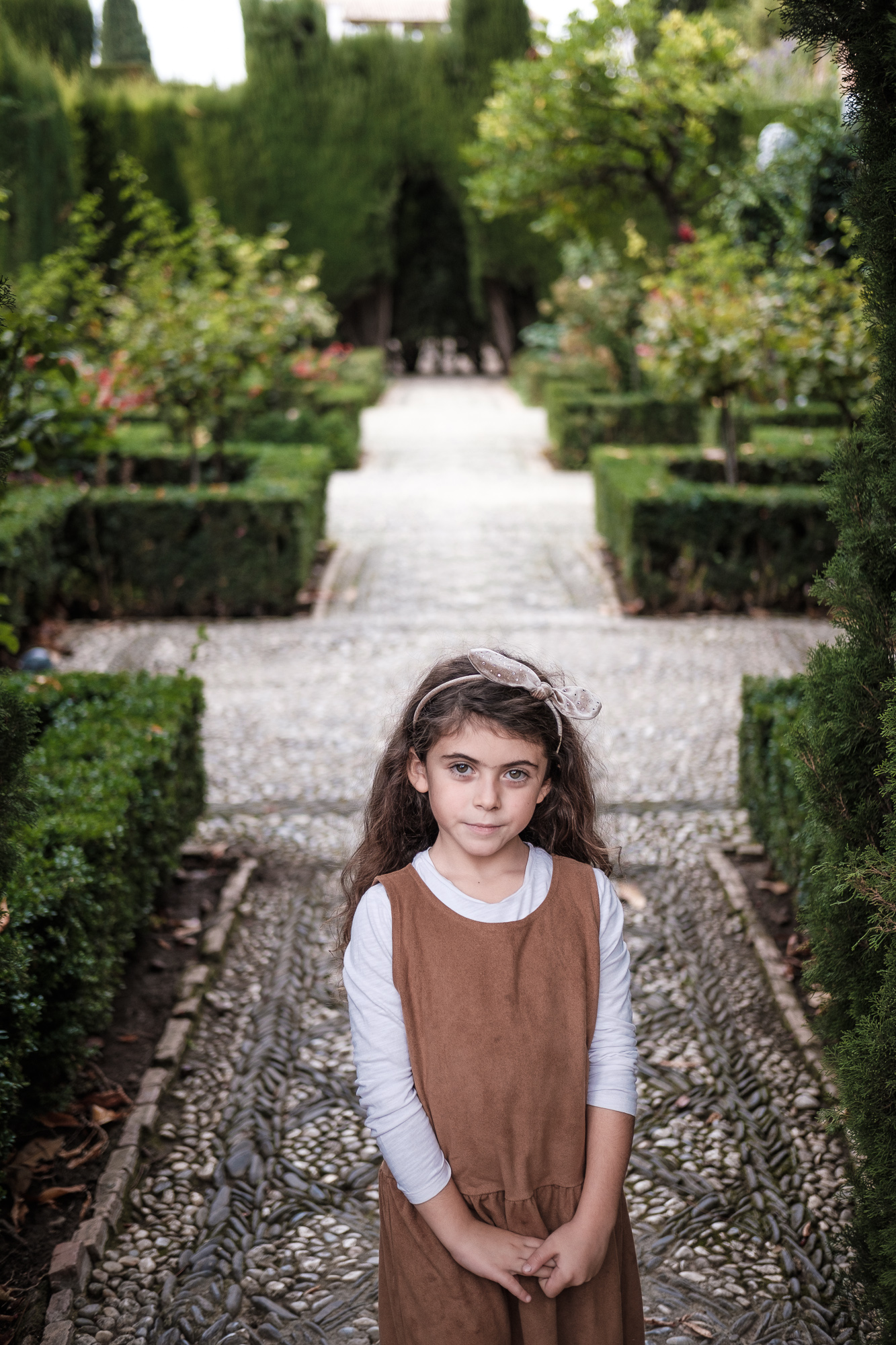Short answer: it might very well be. For the long answer, keep reading.
I am a X100 guy. I proudly own a X100T, which I think is still the hottest looking and best designed camera in the market, but for one thing: the non-articulating screen. I didn’t upgrade to the X100F only because of that. But wait, how is the X100T screen related with the 35mm? As with everything in (my) life, roads are all but a straight and direct line. As with my original encounter with the X100T in 2015.
Between 2011 and 2012 my favorite walkaround system was the Sony NEX-7 with a pancake Voigtlander 35mm f2.5 on it, but honestly the 35mm focal length at the time was a forced decision: the 24 MPX APS-C sensor didn’t like very much fast wide angle lenses with the compact retrofocus design, so my options for a 24mm were either the expensive and bulky (but excellent) Zeiss 24mm f2, or the cheaper and smaller (but slow) Voigtlander 24mm f4. Since the form factor is really a priority for a camera-lens system I want to be able to walk around all day long, but the speed of a lens (especially on a sensor that doesn’t perform well above ISO1600) is also crucial in my style of photography, I ended up sticking with the 35mm f2.5. And how do you know, that choice ended up defining my style and bringing me my first major commissions.
However, in 2013 Sony released the RX1, a full frame 24MPX camera with a Zeiss 35mm f2 on it (being full frame the 35mm worked the same as a 24mm on our APS-C Fuji cameras). Amazing optical quality, amazing sensor performances in low light, it would have been my dream camera if it wasn’t for the horrible performances in everything else, from focusing, to handling, passing be responsiveness and overall feel. Then in 2014 Sony’s firstborn A7 promised to fix these issues while providing more lenses options, so I went for it and got it with the Zeiss primes: the pancake 35mm f2.8 and the 50mm F1.8. The latter was very good and fast, but too bulky to be my walkaround lens, so I ended up going around mostly with the 35mm. This, however, was a Zeiss only in the name, never providing exciting results, sharp only when stopped down (and it wasn’t that fast to begin with), basically a dull lens. Quite a step down, in terms of image quality, from the RX1. Sure, handling and performances were better, but photography should be about the final image more than the fun in using a camera, shouldn’t it?
Back in 2015, the X100T seemed like the inevitable step: performing sensor, fast and good wide angle lens, and all in a compact system. In January 2015, when I eventually got it, the small and fast Fujinon 23mm f2 lens still had to hit the market, so neither the X-T1 nor the smaller X-T10 were an option at the time. I got the X100T and I loved it, I loved it so much that I had to pimp it more than a bit, and in all that pimping the teleconverter came along. I didn’t really think too much when I got it, nothing more than “how cool to have another focal length available at that price!”.
However, the 50mm equivalent provided by the teleconverter grew instantly in me. A camera that was intended as my walkaround, thanks to the teleconverter, ended up being my favorite camera for any assignment: street, fashion, commercial, portraits, still life, you name it. The thing is with the 50mm equivalent, its look is simply good for everything, as a lot of famous photographers used to say in the old days. Sure, it might be a little too short sometimes, especially when you need to take a closeup portrait, and since I was so in love and all with Fuji I added the X-T10 with the 56mm f1.2 to the family. Just for those closeup shots, I thought.
But hey!, the X-T10 came with the articulating screen. I can’t, not even for the sake of my own life, understand WHY camera producers, even now in 2017 (almost 2018), keep on hitting the market with cameras WITHOUT the articulating screen. It doesn’t make the camera any less compact, come on!, but it is a HUGE aid for us photographers, especially for those who (like me) are over 30s (almost 40s…) and less prone to squat 1000 times for each shooting just to lower the point of view.
So, I ended up using the 56mm way more than intended, sure also because it is an incredible lens, maybe the best in his family I ever tried (meaning the 85mm equivalent family), but not compact at all, while my X100T had the teleconverter screwed on for most of the time, again not compact at all. So, you see, what I really needed was pretty obvious, and I can’t actually point out why I had waited for so long before realizing it: I had to get the 35mm f/2 and put it on the X-T10 already!
In the meantime, the X-T20 hit the market, with its new sensor and better autofocus, so when I eventually got the 35mm I put it on the X-T20, and last month, for the first time since January 2015, I went for a travel (family travel, driving around Malaga, Cordoba and Granada) and I didn’t bring the X100T along.
Did I regret it? Not for a single moment! The Fujinon 35mm f2 is simply the perfect companion of the X-T20 for “wearing” it all time on: it is compact, lightweight, with a super fast and accurate AF even in low light, and when coupled with the new facial recognition and eyes focusing of the X-T20 it rarely misses a shot, even on a randomly and quickly moving subject, such as my youngster, and the quality it produces is simply what you would expect from a Fujinon lens. Perfect! Ok, it is not a magical lens (neither is the 23mm f2 on the X100T, however), but magical lenses come with tons of shortcomings (part of their magic, maybe) that make them not good as walkaround IMHO.
However there’s still space for improvement. For as small and lightweight as it can be, the X-T20 form factor (SLR style) coupled with the 35mm being a removable lens, and not a fixed one, makes the overall system not really “pocketable”. On the other side, my beloved X100T has the perfect form factor and size. So, what I would really go for is a X100(*) mounting a 35mm f2 as compact as the current 23mm and providing an articulating screen. I would buy it immediately, wear it on, and never leave it behind. Not even in my sleep. Is it too much to dream for?


























